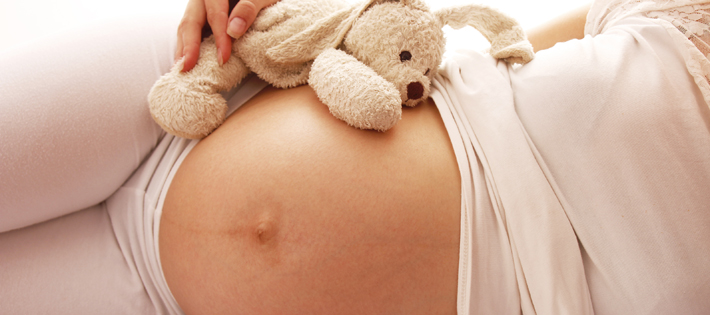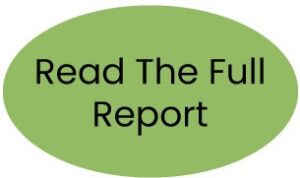Stillbirth Rates Continue To Fall Slightly
Published on: 20/10/2021
The Office for National Statistics has just published its latest birth data for England & Wales, for the year 2020. It revealed another drop in the number of babies being born, the fifth year in a row that the overall birth number has declined, dropping by 12% since 2015.
The overall number of stillbirths has dropped again, as it has done every year since 2011. Last year in England and Wales, 2371 babies were stillborn, down from 2522 in 2019. However, because the birth rate has declined as well, this drop is not as large as it first appears.
The stillbirth rate has reduced from 3.9 in 1000 to 3.8 in 1000. Any drop in the stillbirth rate is good news, and the simple fact is that 151 less babies were stillborn in 2020 compared to 2019. This is welcome, but we should also be cautious about what these numbers mean for maternity services.
In 2014, the government set a target of a 50% reduction in the stillbirth rate by 2025. Based on these numbers, with six years down and five to go, the stillbirth rate since 2014 has dropped by 19%, falling just short of the 2020 interim target of 20%, meaning that the rate of progress still needs to improve if we are to achieve this target, and in doing so help even more families get to take their baby home.
Heidi Eldridge, MAMA Academy’s Chief Executive Officer, said “MAMA Academy welcomes the fact that these numbers indicate we are continuing to make progress with reducing stillbirth and helping more babies arrive safely. However, we have some concern that the year on year rate of reduction has slowed significantly versus previous years. This may be in part related to the impact of the Covid-19 pandemic, as well as a range of other factors. We call on the DHSC and NHS to redouble their efforts as we all work towards the 2025 target of a 50% reduction in stillbirth and neonatal death rates.
As an essential element of this, we urge the government to recognise that staffing levels in maternity services are at a serious crossroads. Understaffing compromises patient safety, and we are seeing an epidemic of low staffing levels in maternity across the country. This in turn negatively impacts staff morale, further increasing the impact of this. Whilst we welcome the funding that the government has already allocated to tackle this issue, we believe more funding and more focus still needs to be allocated to address the critical problem of staffing numbers, and more focus needs to be put onto this issue.
This needs urgent action without delay, and we call on the Secretary of State for Health to make it a key priority over the coming months. Failure to do so threatens to arrest the progress that has been made over recent years.”

